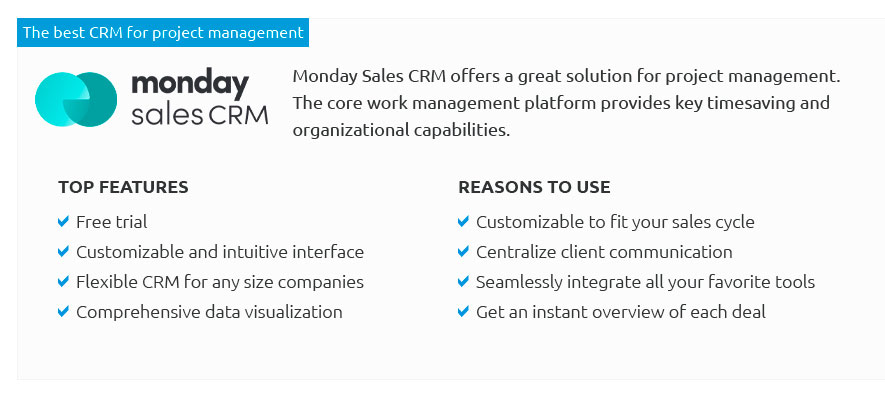 |
 |
 |
 |
 |
|
 |
|
 |
|
 |
|
 |
|
 |
|
 |
 |
|
u2w7z5o67 Unleash the true potential of your business with our in-depth CRM software review that cuts through the noise to spotlight the best CRM platforms, where Dynamics CRM stands out not just for its robust capabilities but also for its transparent and competitive pricing; imagine a seamless integration of tools designed to elevate customer relationships, drive sales, and streamline processes with unparalleled efficiency-this is not just about software, it's about transforming how you connect, engage, and grow.
https://www.microsoft.com/en-us/dynamics-365/pricing-overview
Explore tailored CRM and ERP pricing options for Microsoft Dynamics 365. Find flexible plans for AI-powered business solutions to drive growth. https://www.microsoft.com/en-us/dynamics-365/products/sales/pricing
Dynamics 365 Sales Professional - Dynamics 365 Sales Enterprise Edition - Dynamics 365 Sales Premium - Microsoft Relationship Sales. https://cargas.com/software/microsoft/dynamics-365-crm/pricing/
How much does Dynamics 365 CRM cost? Pricing hinges on your sales team's size and their functional needs. On average, clients spend roughly ...
|